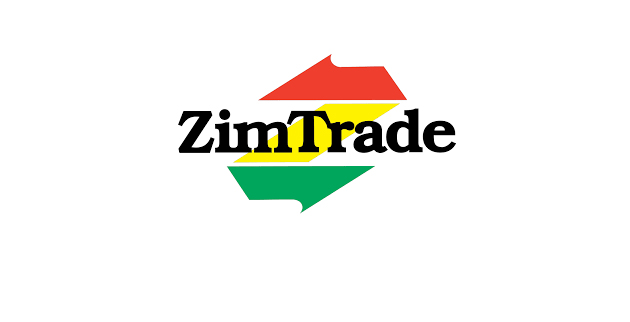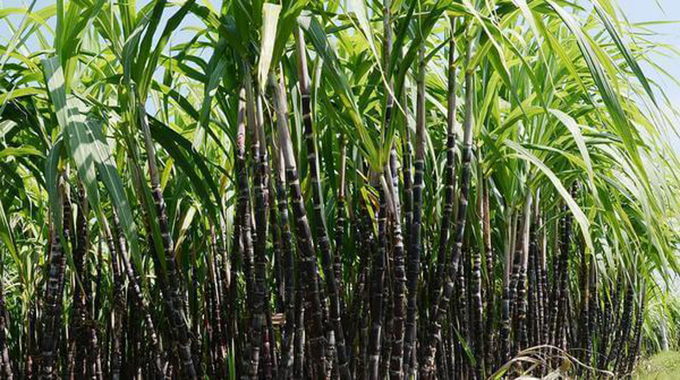ZimTrade takes 10 companies to German agric show

Sikhulekelani Moyo, [email protected]
RIDING on the economic diplomacy drive that has seen the steady opening up of lucrative European markets, the national trade development and promotion body ZimTrade is this week taking 10 horticulture companies to exhibit at the Fruit Logistica to be held in Berlin, Germany.
Last year’s participation attracted confirmed orders worth around US$15 million.
Fruit Logistica is the world’s leading international trade fair for the fruit and vegetable industry.
The event provides a platform for fruit and vegetable producers, buyers, packagers, handling experts and other interested parties from across the globe to meet under one roof.
According to ZimTrade, over 75 000 trade visitors and more than 3 000 companies are expected to participate at the event, offering a unique opportunity for Zimbabwean companies to interact with potential buyers and distributors from across the world.
In its January newsletter, ZimTrade said with the high demand for organic and quality Zimbabwean produce in Europe, the event will be an ideal opportunity for local companies to grow exports and increase Zimbabwean presence in the international markets.
“Zimbabwean horticultural farmers will showcase fresh fruits and vegetables at the upcoming Fruit Logistica trade fair, scheduled for Berlin, Germany from 7-9 February 2024. The participation of 10 Zimbabwean companies follows the successful participation of the country at last year’s event, where orders worth around US$15 million were confirmed at the event,” said ZimTrade.
“The Zimbabwean pavilion will showcase products which include mange tout, sugar snap peas, pineapples, fine beans, sweet potatoes, avocadoes, macadamia nuts, mangoes, baby corn and chilies.”
Fruit Logistica is a central meeting point for people interested in imports and exports of horticultural products and provides huge opportunities to local companies seeking a broader market base in foreign countries.
ZimTrade said participating companies will have an opportunity to interact with buyers from promising markets such as Japan, China, Dubai and other countries in the Middle East.
The farmers will also take the opportunity to benchmark their products against the quality set by the international markets, as well as learn on emerging products trends and new consumer preferences.
“Considering that most visitors will be from Germany, local farmers will take advantage of the opportunity to connect with more buyers from the European country, which in turn will contribute towards export growth.
“Germany, like the rest of the European Union (EU) countries, is currently on a drive to develop new business partnerships in Africa to increase total trade and investment between Africa and the EU,” said ZimTrade.
“ZimTrade will leverage this drive on the country’s economic diplomacy mantra to diversify and grow exports in the EU by linking producers with importers of different products in Germany.”
ZimTrade chief operating officer, Mr Allan Majuru said the interest by local farmers to take part at the event has been growing over the years, an indication of the continued benefits that have been released from the fair.
“The high interest expressed by farmers in this event is a testimony to the success of the previous trade fairs, since 2020 when Zimbabwe made its inaugural appearance. From the fair, we have seen Zimbabwe spreading its export markets, with buyers from countries such as Dubai, and China keen on importing from local farmers,’ he said.
In 2022, the Government launched the US$30 million Horticulture Export Revolving Fund aimed at capacitating local farmers in boosting production and tackling challenges related to unavailability and lack of access to appropriately structured financing for short to long-term expenditures.
The fund was meant at closing the funding gap in the value addition and beneficiation of fresh produce, which has resulted in horticultural value-chain margins being unsustainably squeezed.
Increasing agricultural production through value addition and beneficiation is in line with the National Development Strategy 1 (2021-2025), whose main objective is to structurally transform Zimbabwe’s economy from one highly dependent on the export of agricultural raw materials to an economy trading in high value processed goods.
According to the TradeMap, the trade of horticultural produce grew from US$251 billion in 2017 to US$298 billion in 2021.
In 2021, Europe accounted for US$123 billion, Asia US$88 billion and the United States of America US$44 billion.
As such, the European market for fresh produce is enormous and provides a stable consumption base.
@SikhulekelaniM1












Comments